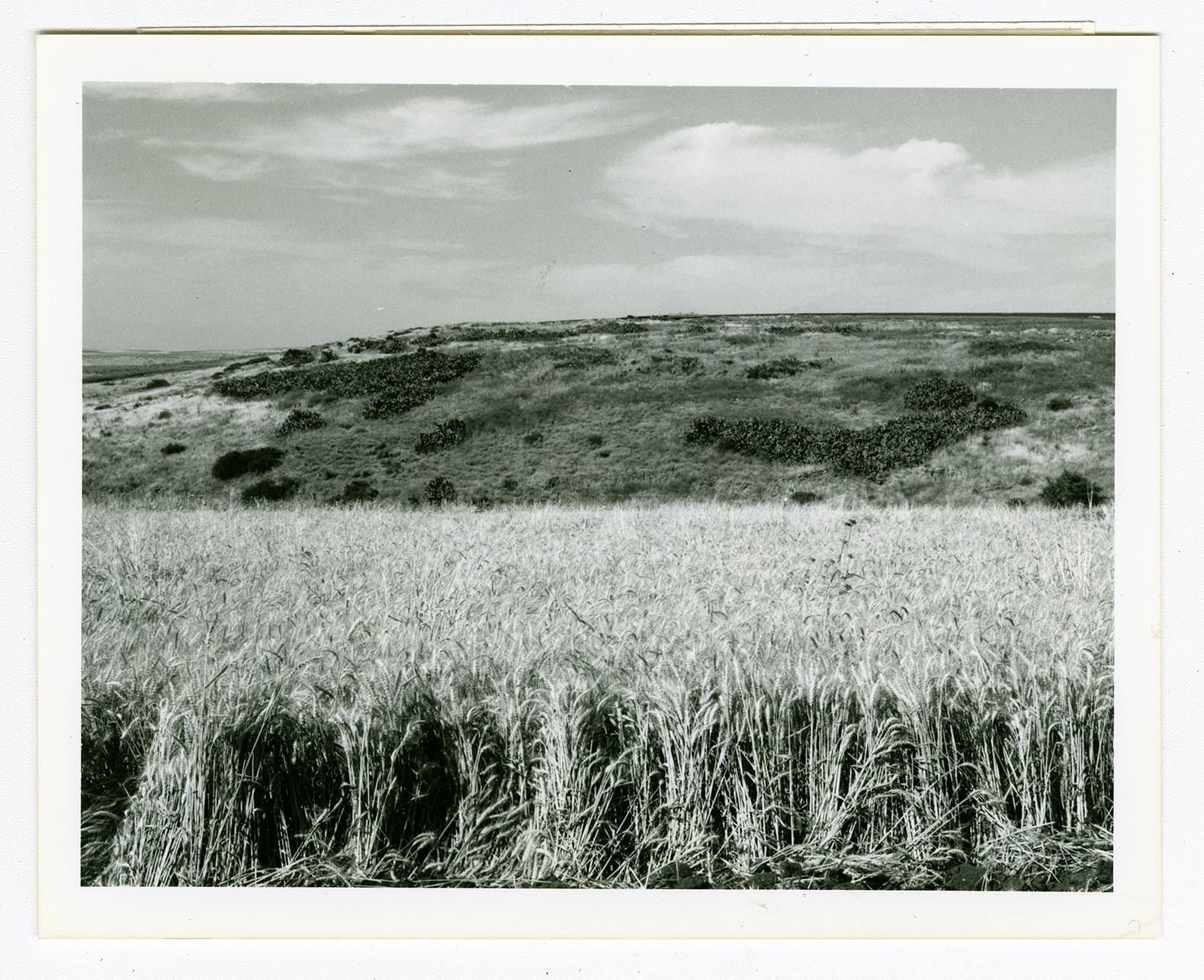| Year | Arab | Total |
|---|---|---|
| 1931 | 149 | |
| 1944/45 | 190 | 190 |
| Year | Arab | Jewish | Public | Total |
|---|---|---|---|---|
| 1944/45 | 5177 | 206 | 1231 | 6614 |
| Use | Arab | Jewish | Public | Total | |||||||||||||||
|---|---|---|---|---|---|---|---|---|---|---|---|---|---|---|---|---|---|---|---|
|
66 | 1196 | 1262 (19%) | ||||||||||||||||
|
5111 | 206 | 35 | 5352 (81%) |
The village stood on the upper northeastern slope of Wadi Danna, a tributary of Wadi al-Bira. It may have been built on the site of the village of Tina'am, which dated from the Roman period. A secondary road linked it to the Afula-Baysan highway, and the pipeline of the Iraq Petroleum Company passed through village land en route to Haifa. In 1596, Danna was a village in the nahiya of Shafa (liwa' of Lajjun), with a population of twenty-eight. It paid taxes to the Ottoman government on a number of crops, including wheat and barley, and on other types of produce, such as goats and beehives. The Swiss traveler Burckhardt, who passed through the area in the early nineteenth century, mentioned the village without providing a description.
In the late nineteenth century, the village of Danna was situated on a slope, and was surrounded by farmland. There was a spring with a watering trough to the west. The village houses were built of stone and mud. The village was shaped like a rectangle whose longer sides were aligned in a north-south direction. During the British Mandate the village expanded and new houses, constructed of stone and adobe brick, were built along the road to the nearby village of Kafra. It was classified in this period as a hamlet in the Palestine Index Gazetteer. There were a few shops and a mosque that contained the shrine of a Shaykh Daniyal. The village spring provided water for the residents, all of whom were Muslims. They worked primarily in rainfed agriculture. In 1944/45 a total of 5,097 dunums was allotted to cereals; 14 dunums were irrigated or used for orchards. Grass and leafy vegetation grew on the slopes and peaks of the neighboring mountains and were used for grazing.
The inhabitants of Danna were expelled on 28 May 1948, the same day that the remaining townspeople of nearby Baysan were transferred to Nazareth by the Israeli army. The Golani Brigade was responsible for occupying the Baysan Valley and carrying out these expulsions.
Morris reports that by September 1948, the destruction of the village was already underway. The demolition was criticized by a local kibbutz leader, who argued that the village might agree to allocate part of its land for settlement purposes. This indicates that at least some villagers may have remained in Danna or returned after their expulsion. But it is not clear what happened to them after that.
Bushes, cactus plants, thorns, and grass now grow around piles of rubble on the village site . Thick weeds grow in the wadi and near the spring. The lands in the area are cultivated by Israeli farmers.

